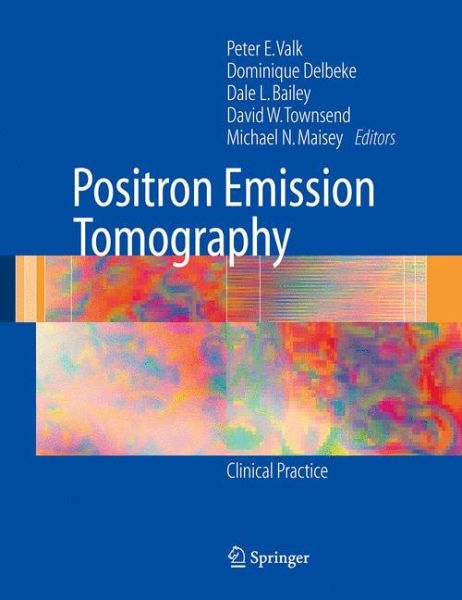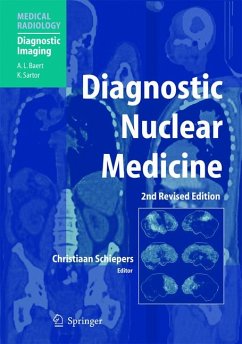
Positron Emission Tomography (eBook, PDF)
Clinical Practice
Redaktion: Valk, Peter E.; Maisey, Michael N.; Townsend, David W.; Bailey, Dale L.; Delbeke, Dominique
Versandkostenfrei!
Sofort per Download lieferbar
72,95 €
inkl. MwSt.
Weitere Ausgaben:

PAYBACK Punkte
36 °P sammeln!
This book provides a contemporary reference to the science, technology and clinical applications of PET and PET/CT. The opening chapters summarize the scientific aspects of PET and PET/CT including physics, instrumentation, radiation dosimetry and radiation protection. A chapter on normal variants in FDG PET imaging serves as an introduction to the clinical chapters, which cover oncology applications and have been updated to include the impact of FDG PET/CT imaging in oncology. The book concludes with chapters on the use of PET and PET/CT in cardiology and neurology and PET imaging of infectio...
This book provides a contemporary reference to the science, technology and clinical applications of PET and PET/CT. The opening chapters summarize the scientific aspects of PET and PET/CT including physics, instrumentation, radiation dosimetry and radiation protection. A chapter on normal variants in FDG PET imaging serves as an introduction to the clinical chapters, which cover oncology applications and have been updated to include the impact of FDG PET/CT imaging in oncology. The book concludes with chapters on the use of PET and PET/CT in cardiology and neurology and PET imaging of infectious processes.
Developed as an offshoot/update of the "clinical practice" portion of the main book, edited by PE Valk et al, published in 2003 (Positron Emission Tomography: basic science and clinical practice), this offshoot covers the second half of the main book only, dealing with mainly the clinical research and practice. Most of the book comprises chapters updated from the "Clinical practice" portion of the main Valk book. It contains 6 brand new chapters and 22 completely revised and updated chapters from the main Valk book
Developed as an offshoot/update of the "clinical practice" portion of the main book, edited by PE Valk et al, published in 2003 (Positron Emission Tomography: basic science and clinical practice), this offshoot covers the second half of the main book only, dealing with mainly the clinical research and practice. Most of the book comprises chapters updated from the "Clinical practice" portion of the main Valk book. It contains 6 brand new chapters and 22 completely revised and updated chapters from the main Valk book
Dieser Download kann aus rechtlichen Gründen nur mit Rechnungsadresse in A, B, BG, CY, CZ, D, DK, EW, E, FIN, F, GR, HR, H, IRL, I, LT, L, LR, M, NL, PL, P, R, S, SLO, SK ausgeliefert werden.












